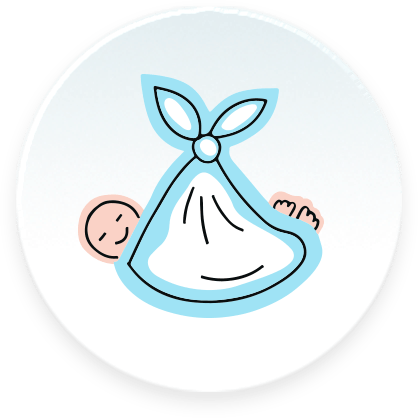Why does ENDIA collect baby teeth?
Why Does ENDIA Collect Deciduous Baby Teeth?
The ENDIA Team would like to collect one of each participating child’s deciduous (baby) teeth when they happen to lose one. It does not have to be their first tooth.

Recently developed methods can precisely sample tooth layers that correspond to specific life stages. You may be fascinated to learn that our scientists can analyse material in the tooth that dates right back to the first trimester of the pregnancy.
This means we have the potential to reconstruct the environmental exposures or the “exposome” during prenatal and early childhood development. Identifying the intensity and timing of these exposures is also possible.
In a study looking at environmental triggers for islet autoimmunity, teeth may provide a critical piece of the jigsaw puzzle towards finding the causes of type 1 diabetes.
You can read an interesting paper about what teeth may reveal in prenatal and early life exposures here:

